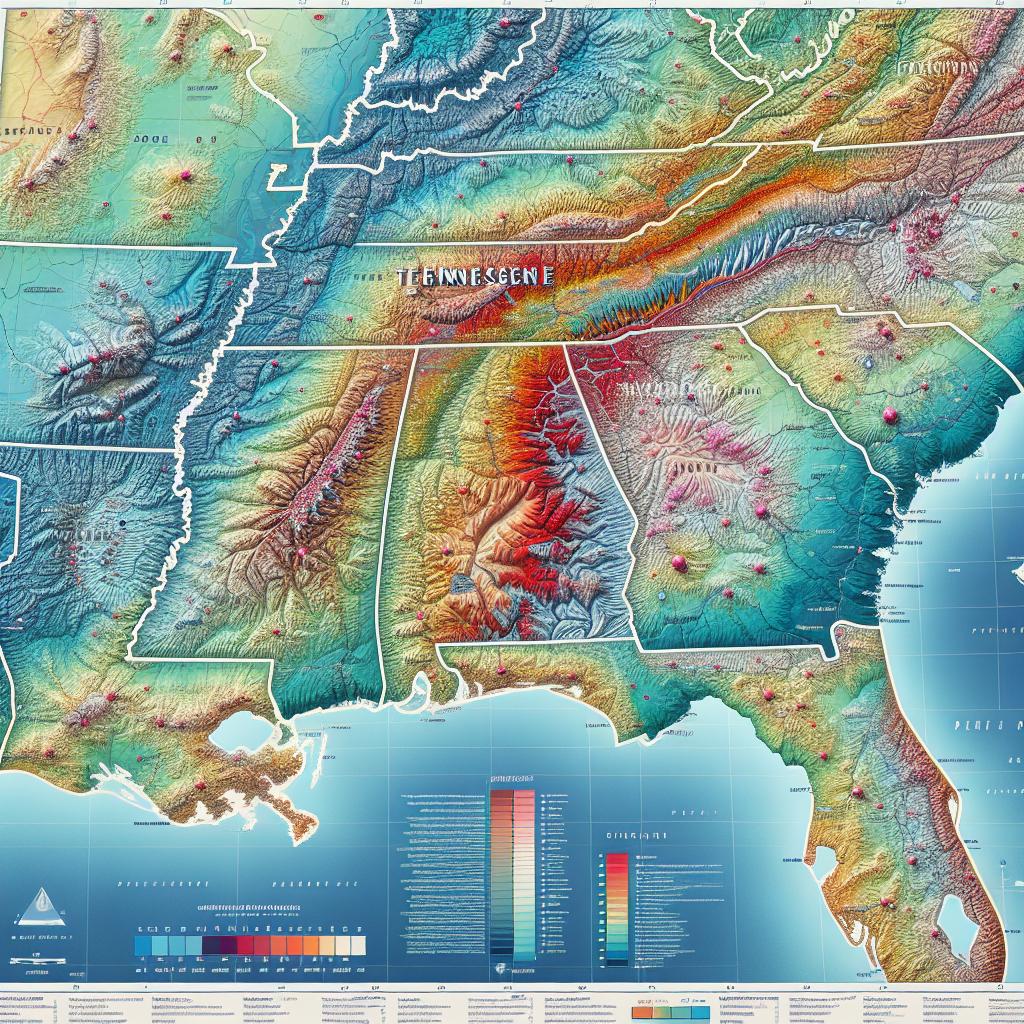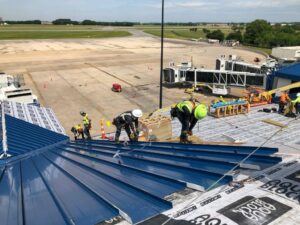Experts Warn: Middle Tennessee Earthquakes are a Possibility
Nashville and Surrounding Areas Not Immune to Seismic Activity
One might not often think of Nashville as a hotspot for seismic activity, but geologists warn that Middle Tennessee is susceptible to damage from large earthquakes. With evidence suggesting that a significant quake could potentially hit the area sooner than anticipated, concerns about the region’s readiness are mounting.
Understanding the Risk: The New Madrid Seismic Zone
While the Pacific Rim or the San Andreas Fault may dominate headlines when it comes to ground-shaking, the New Madrid Seismic Zone presents its own set of challenges, especially for Midwestern and Southern states. Principal Geologist Gary Patterson, director of education and outreach at the University of Memphis Center for Earthquake Research and Information, explains that on average, a large, impactful earthquake is projected to hit the New Madrid Seismic Zone around every 500 years. Taking into account approximately 1,200-1,500 years’ worth of recorded geologic seismic activity, experts warn that a large quake could be overdue.
Echoes of Distant Tremors
According to Patterson, the greatest threat may not necessarily come from an earthquake occurring within the state itself. In fact, seismic disturbances in neighboring states could pose considerable danger. “The potential for ground motion based on large earthquakes that have occurred further away can have a considerable impact on Middle Tennessee,” he warns. This is because shockwaves from a large earthquake can travel up to 1,200 miles away, recognising no state boundaries.
Guarding Against the Unknown
Given our limited ability to predict exactly when and where earthquakes will occur, preparedness remains key. Tennessee boasts thousands of faults, but today, most of them lie dormant and haven’t moved for around 350 million years. “Knowing the locations and sizes of the active faults tells us a lot about their capacity to generate a large earthquake,” explains Patterson.
Measuring the Magnitude
Magnitude, or the size of an earthquake, is recorded using seismometers and expressed in whole and decimal numbers. A magnitude of 5.3 denotes a moderate quake, while a magnitude of 6.3 signals a strong earthquake, as per the USGS Earthquake Hazards Program. The long-used Richter scale has given way to the moment magnitude scale, a more accurate measure of earthquake size developed in the 1970s by Japanese seismologist Hiroo Kanamori and American seismologist Thomas C. Hanks.
History Lessons: Unforgettable Quakes
While Nashville has largely been spared from large-scale seismic activity, there have been instances where the city felt the effects of larger earthquakes with epicenters situated across state lines. For instance, a massive earthquake in Charleston, South Carolina in 1886 could be felt as far as New York City, New York; Chicago, Illinois; and St Louis, Missouri.
Impacts and Remedial Measures
Catastrophic earthquakes like those experienced in 1811 and 1812 in the New Madrid Seismic Zone have a projected 7–10% chance of recurrence within the next 50 years. Patterson elucidates that it could have very extensive short-term and long-term impacts. This emphasizes the importance of disaster preparedness for Tennesseans, from constructing emergency kits to practicing family evacuation plans. Understanding the unique needs of diverse communities will be crucial to creating effective survival strategies that can withstand large-scale seismic disturbances in the future.








